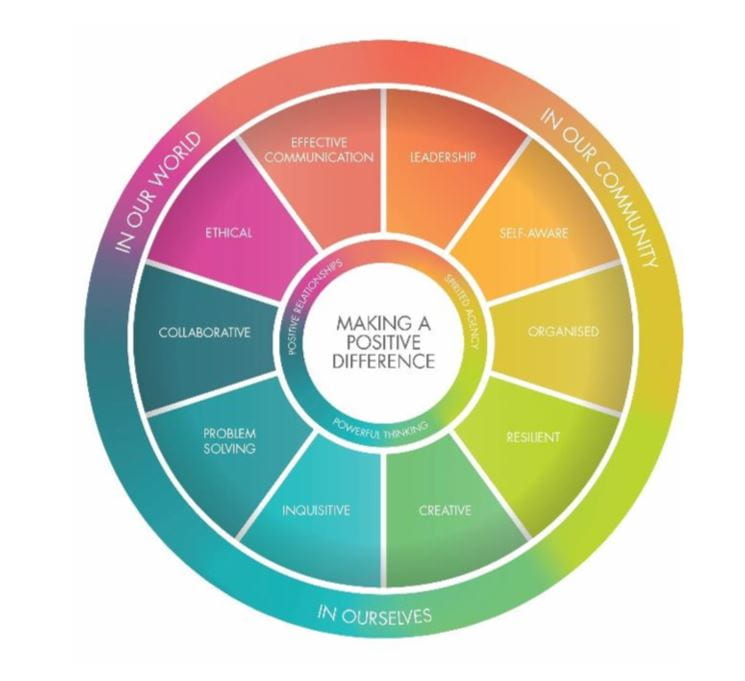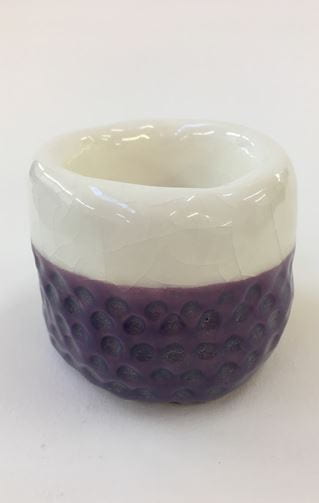This term in Science, I was given the challenge of designing and creating a building out of spaghetti and blue tack that would withstand a simulated earthquake.
The building also had to fit the following criteria:
- It had to be quick and easy to assemble.
- Have a minimum height of 60cm.
- Have a maximum base of 30 x 30cm.
- Be under the budget of $60. 1 gram of blue tack was $1 and 10cm of spaghetti also cost $1.
- It must stay standing after the simulated earthquake.
I worked in a group with Olivia, Howard, and Zayn. We started the project by researching and designing different ways we could build our spaghetti building. This process involved defining the problem and brainstorming ways we could design our spaghetti building. We took inspiration from different buildings like roof trusses and other spaghetti buildings. We decided that our spaghetti tower should incorporate triangle shapes because they are strong shapes and would add strength and resistance.
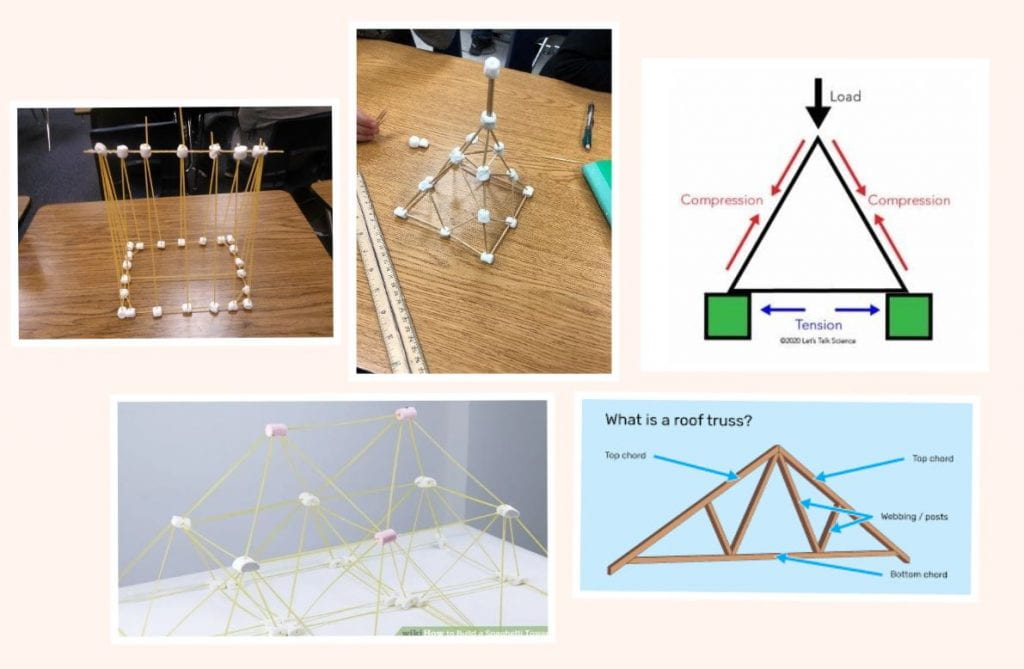
Next, we had to design our first spaghetti building. This would be our prototype for us to test and improve for our final design. This building had a square base of 30 x 30cm and long strands of spaghetti reaching upwards from the corners to form a point at 50cm, and a small piece at the top to get the building to 60cm. There also were braces on the first design. These were extra pieces of spaghetti from the base to the walls that would add extra support, also making the building more earthquake resistant.
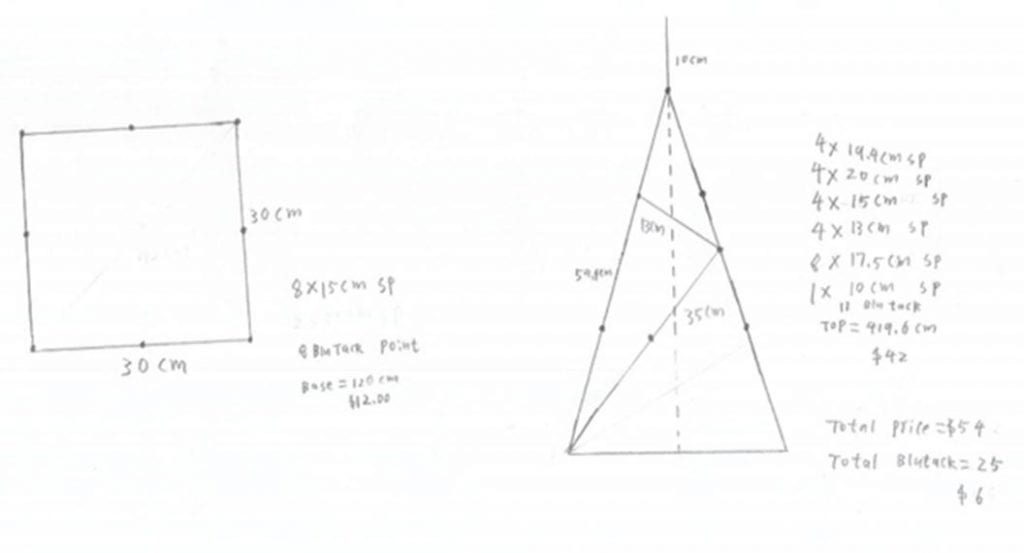
However, once we started constructing our building, we realized that our building wasn’t stable and it collapsed before we could fully build it. This was because the long pieces of spaghetti that we were planning to join together at the apex weren’t as strong as we originally thought. It was impossible for us to build the tower without it collapsing so we decided, as a group, to change our idea and for a bit of fun, we stuck the pieces together to form a pole. Technically, it fitted the requirements but it wasn’t our most creative idea so we went back to the designing process to create a new spaghetti building.
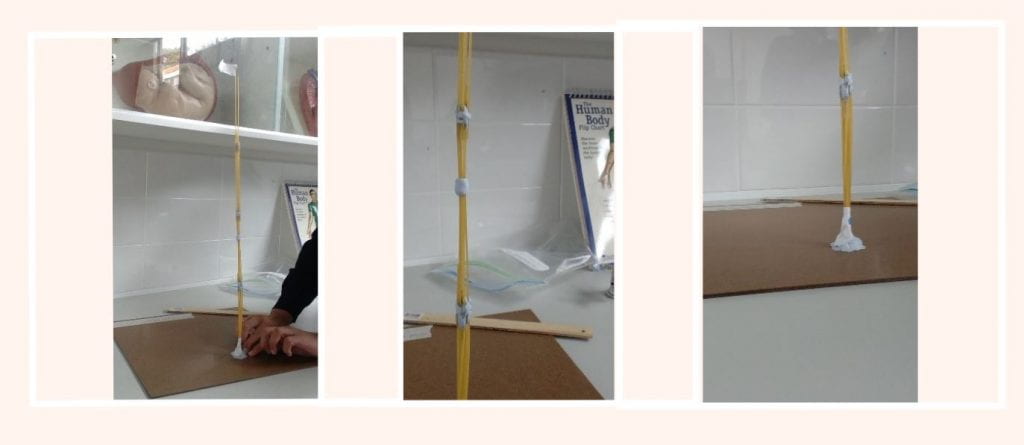
Even though our first design didn’t work, our group was resiliant and determined to improve on our next spaghetti building. We did more research and discovered that along with triangles, hexagons are strong shapes. We decided that our next spaghetti tower should incorporate both of these shapes to be earthquake resistant. Also we were given new criteria by our teacher. Our spaghetti building now had to be:
- A minimum height of 25cm
- Have a sheet of paper on the top
- A platform of at least 10 x 10 cm at the top
The new criteria made it a bit easier for our group to create a new design for our final building. We incorporated hexagon shapes and triangle shapes to strengthen the building and make it earthquake resistant. Our new design looked like this:

After we created our new design, we had to build it. I worked well with my group members to help build the tower. First we build the hexagon-shaped base, then the walls, platform and supports. We were all very pleased to see the building stand up. This is what it looked like:
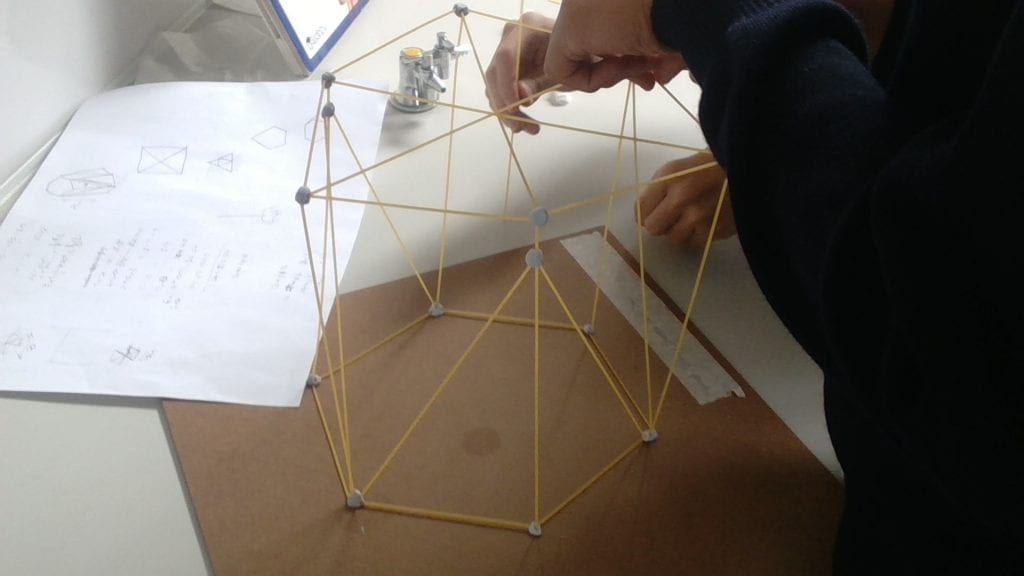
After we built the building, it was time to test it. All of the class had to test their buildings on the Rumble Table, which is an earthquake simulator. We put the piece of paper on top of the platform on our building and selected a lego figure to put on there too. Then the teacher shook it on the Rumble Table for 10 seconds and our building did not fall apart or snap.
Olivia, Howard, Zayn and I were all super happy with the result. We all had different strengths in this project. For example my strengths were collaboration and resilience. I was able to work well with my group and tried to keep everyone involved. I was also resilient; when our design failed, I didn’t get too disappointed but started rethinking our design. Olivia and Howard both had really good design and problem solving skills. They worked really well on creating designs for the spaghetti building and could problem solve to make sure our building fit the requirements. Zayn also had good collaboration skills as well as effect-communication. We all worked well with him constructing the spaghetti building because he could easily tell us what part of the building to build next so it wouldn’t collapse. For example, we build the opposite sides of the building up so it wasn’t too heavy on one side. One big strength my whole group had was organisation. We were able to stay organised because we had a collaborative word document and could share information, links and create deadlines.
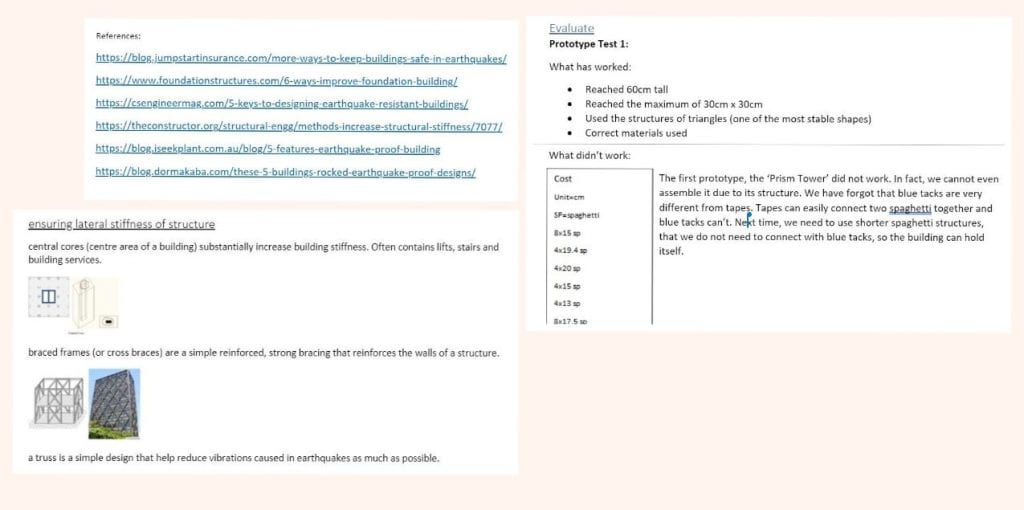
Altogether, we were always on track and collaborated well as a team. We showed resilience when our designs failed and could problem-solve to get the best outcome. We were inquisitive in our research and I have learnt more about strong building structures and that hexagons are one of the strongest shapes. Since we worked so well together, we had a good outcome and enhanced skills such as resilience, problem solving and collaboration.
A change that I would make to the engineering process is slightly altering the design process so we can have a practice joining together the spaghetti with blue tack. This is so we can feel how it joins together because this was one of the downfall of my group’s first prototype. Our very first design didn’t work because the spaghetti didn’t originally join like we had planned. If we changed it to allow a practice, many other groups wouldn’t have this problem and there wouldn’t be as much need for redesigning. Overall, the process was enjoyable and I developed many skills like collaboration, problem-solving and resilience.
